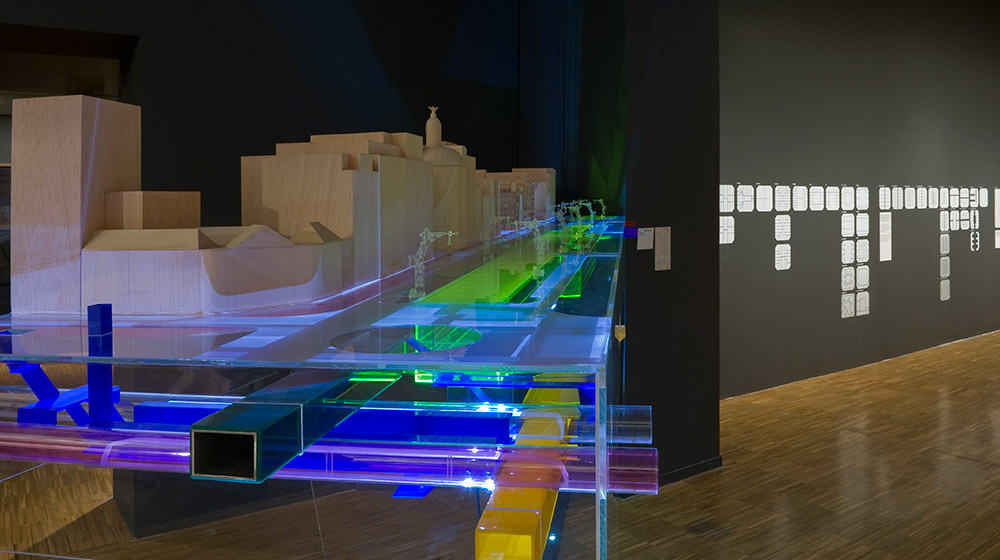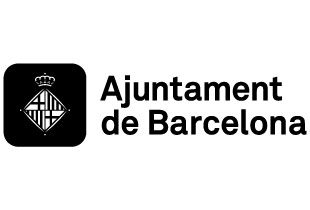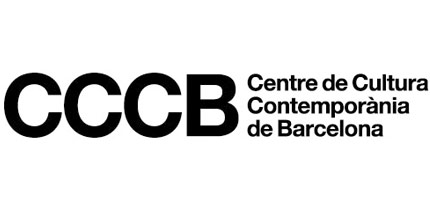CERDÀ YEAR
Exhibition
Cerdà and the Barcelona of the Future
Reality versus Plan
Exhibition's virtual tour.
As part of the Year of Cerdà.
This exhibition is one of the events organized for Cerdà Year and highlights the urbanistic richness of the Cerdà Project by analysing the present of the Eixample and envisaging the future of the city of Barcelona.
The Eixample, or “city extension”, is the result of a strong, rational idea, the project by Ildefons Cerdà, which has been implemented over a 150-year period to produce a highly complex city that is rich in nuance. All great urban planning projects need time to develop, and the Eixample has been gradually modulated in the course of these years.
This exhibition narrates the application and realization of Cerdà’s project over the last 150 years and the way in which its specific construction has given form to the present-day container and content of the Eixample and, accordingly, of the city of Barcelona.
Cerdà and the Barcelona of the Future immerses visitors into present-day reality to discover and interpret a series of forms of urban organization that have produced a compact, comfortable city, with an urban form that is highly appreciated.
The show takes the pulse of the Eixample today, a district that is home to over 300,000 people and work place to more than 260,000, run through by Catalonia’s most complex transport and service network. The exhibition layout introduces us to the subterranean life of the Eixample and rediscovers its inner courtyards (many of which are still unknown), the most highly populated city blocks and the ones that host most economic activity. It represents a detailed examination of present-day reality.
More than 200 documents, including plans, models, installations, statistics, audiovisuals and even artistic manifestations (Joan Fontcuberta, Maria Rubert) help to give us a better understanding of the functioning of Barcelona’s Eixample and discover similar urbanistic models around the world, such as New York’s Manhattan, which has a comparable urban layout to that of the Eixample, with some surprisingly similar urban characteristics.
However, an examination of the implementation of Cerdà’s Plan not only gives us keys for interpreting the present, it can also help us to envisage Barcelona’s future. The experience of the Eixample has to serve as a model for envisioning the territorial growth of Barcelona throughout its metropolitan area. The exhibition “Cerdà and the Barcelona of the Future. Reality vs. design” raises questions about this issue and also sets out to provide some answers.
Participants: Joan Fontcuberta
This activity is part of CERDÀ YEAR
Exhibition layout
A forest of ideas
The first space in the exhibition is a chronology (by decades) of the most relevant facts from the period between 1859 and 2009, organized into four core themes: 1. Urbanization and construction; 2. Publications and exhibitions; 3. Historical events; and 4. Technological advances.
The Eixample, a mosaic
If the regularity of the Eixample’s layout mirrors the topography and hydrography of the territory in which it is set, we see how the Plan designed by Ildefons Cerdà is inspired by and respectful of the relief and the division of farmland prior to urbanization.
The layout of the Eixample
The Eixample layout takes the form of a basic grid of streets and a territorial system of avenues. This infinite grid laid over the territory, despite the passing of time, maintains the rigour of its geometry. It is precisely this rigour and purity of layout that produce such a complex, varied city, both on the surface and below grade.
The Eixample’s apartment buildings
The morphological base of the Eixample is its city block, which owes its singularity to its large dimensions (113 x 113 metres), its square floor plan with chamfered street corners and, most particularly, its highly original central courtyard.
This section illustrates the different ways in which the city blocks are occupied, and the evolution of both the blocks and the dwellings built on them.
Plans and maps used to develop the Eixample
Over the years, Cerdà’s Plan has been given many interpretations: those of its supporters and its detractors, projects to promote it and others to transform it. García Faria, Martorell, Jaussely, the GATCPAC... all have contributed to the development of the Eixample, throughout 15 decades of history.
The new eixamples
A Municipal Bylaw for the Rehabilitation and Improvement of the Eixample was implemented in 1986, representing protection of the buildings but also, most importantly, the recovery of open spaces. Some of the most important examples were those of the earliest courtyards at the centre of the city blocks.
The Eixample today
If Barcelona were ten cities instead of ten districts, the Eixample would be one of the most important cities in Catalonia. With 308,340 inhabitants and in the region of 264,500 jobs, the central area has a similar density of population and employment to large urban districts such as Manhattan.
This section offers basic information about the Eixample today, in terms of density, diversity of uses, road structure, mobility, economic activity, etc., analysing it in terms of the concept of “urban complexity”.
Cerdà’s Atlas and a gallery of network cities
When designing Barcelona’s Eixample, Ildefons Cerdà analysed and evaluated other new towns with a network layout. This section reflects on the topicality of this type of city (with reference to 30 leading examples) and analyses its role.
Cerdà’s Eixample and the future of metropolitan Barcelona
The last section of the exhibition presents a series of studies of the structures of metropolitan reality, suggestions for interrelating infrastructures and other themes that provide frameworks of reference for understanding the problems and possible changes and improvements. An examination of this great project by Cerdà and the spirit in which it was implemented may serve to introduce new ways of envisaging the future of the city and produce new planning paradigms that address new conditioning factors and reconcile them with economic demands of resources and environmental requirements.
Related contents
Cerdà and the Barcelona of the Future. Reality versus Plan
Exhibition
The CCCB’s Audio-visual Department takes us on a tour of the show.


